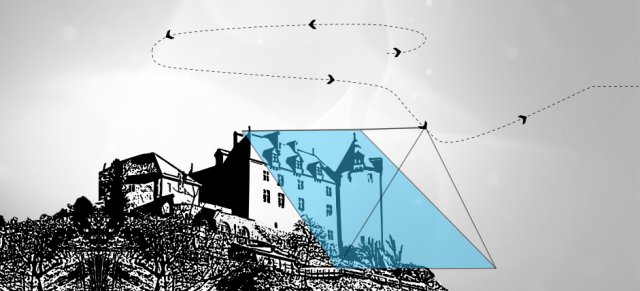releases its patent-pending technology for oblique images to enable its fixed-wing mapping UAS to take extraordinary images without the use of a gimbal.
senseFly’s eBee and swinglet CAM, both designed for mapping missions, are now also capable of quickly taking amazing oblique images to complement a mapping project or add additional documentation.
This patent pending technology is based on a propriatary control algorithm that takes oblique images of photo targets without the need of a camera gimbal, enabling senseFly’s ultralight mapping UAS to take aerial shots with up to 45° inclination from the photo target.
The algorithms running onboard the UAS’ autopilot automatically place and orient the drone based on the defined image resolution and inclination (0-45°) selected by the operator. The aircraft then adapts its trajectory according to local wind and target altitude.
Having a system that positions the camera autonomously with respect to the photo target enables senseFly’s UAS to take precise oblique images without the need for live video feedback or a camera gimbal.
As these new techniques do not require any hardware changes, this novelty is freely available to the full community of eBee and swinglet CAM (late 2012 model) users with the new release of eMotion 2.2.
Beside creating stunning visuals, senseFly’s latest release of Postflight Terra 3D will enable users to go one step further and add these oblique images to a standard mapping flight, adding visibility to facades and vertical surfaces.
Source: Press Release


It is good to see other companies like Sensfly follow pioneering UAV/UAS companies like AgEagle who have been capturing aerial images of crops without a camera gimbal for several years. Sharp crystal clear aerial images are captured from the camera at 1/2000 of a second. Software then compensates for any oblique angle that the AgEagle aircraft may have encountered during the flight. The results are photo mosaic images captured without the need for any expensive specialized cameras or gimbals. Agronomist and farmers can either capture aerial images of crops in normal light or NDVI to evaluate crop health.